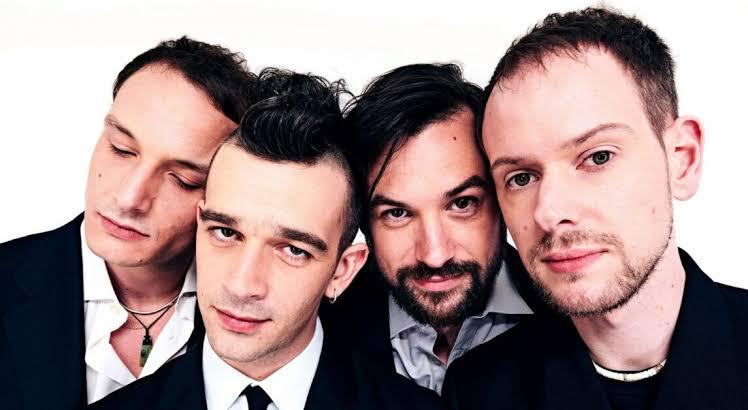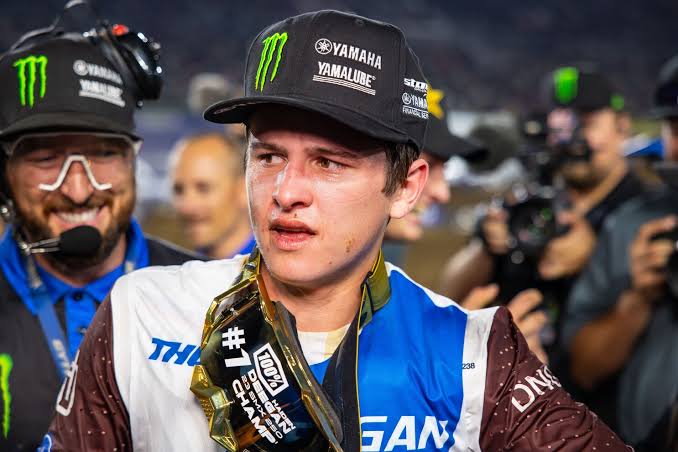
The 1975, a band that emerged from the UK in the early 2010s, has evolved into one of the most dynamic and boundary-pushing groups in modern pop and indie music. Their sound, which blends elements of synth-pop, rock, R&B, and electronic music, has been described as innovative, genre-defying, and constantly evolving. But beyond their music, the band’s visual identity, live performances, and exploration of themes related to love, technology, and human connection have been central to their artistic revolution.
At the core of The 1975’s rise to fame lies a genre-defying mix of musical influences and a strong sense of visual artistry. Their use of neon lights, slick visuals, and nods to 80s and 90s aesthetics reflect the way the band taps into the colorful, trippy world of psychedelia. But more than that, it’s the raw emotional depth of their lyrics, paired with their futuristic approach to production, that makes The 1975 more than just another pop band. In this post, we’ll take an in-depth look at how The 1975’s psychedelic revolution has not only reshaped their music but has become a cultural movement that blends neon lights with raw emotion.
The Evolution of Sound: From Indie Rock to Psychedelic Fusion
The 1975 first garnered attention in 2013 with the release of their self-titled debut album, The 1975. The album was a fresh take on the indie-pop genre, fusing elements of post-punk, electronic music, and R&B with a raw emotional core. Tracks like “Love It If We Made It” and “Love Me” were reflective of the band’s early experimentation with a mix of synths, driving basslines, and melancholic lyrics. The combination of catchy, emotive melodies with an innovative mix of genres made their debut album an instant classic.
However, the band’s sound really began to morph into something more psychedelic with their 2016 follow-up album, I Like It When You Sleep, for You Are So Beautiful Yet So Unaware of It. This record marked a turning point in the band’s evolution, as they began embracing more experimental sounds, combining the atmospheric ambiance of 80s synth-pop with the larger-than-life production of modern pop music.
Tracks like “If I Believe You” were an immediate departure from their earlier work, diving deep into ambient, gospel-inspired, synth-heavy production that veered toward a psychedelic soundscape. The entire album felt like a trip through the band’s emotional and sonic landscape, blending genres as diverse as R&B, jazz, and shoegaze with moments of intense, almost spiritual expression. The band’s decision to push the boundaries of musical genres while exploring themes of love, disillusionment, and self-discovery was groundbreaking, setting them apart from their contemporaries.
I Like It When You Sleep was a sonic tapestry, infused with moments of euphoria, confusion, heartbreak, and hope. The tracks were often loaded with effects and distortions that reflected the highs and lows of the human experience. “Love It If We Made It,” arguably one of the band’s most anthemic songs, exemplified this chaotic beauty by melding searing political commentary with a sea of synths, drawing from both the utopian and dystopian elements of psychedelia.
Their 2018 album, A Brief Inquiry Into Online Relationships, further advanced their psychedelic revolution, moving towards even more experimental territory. This album mixed introspective lyrics with larger conceptual ideas about technology, mental health, and the complexities of modern relationships. The track “It’s Not Living (If It’s Not With You)”—a modern psychedelic rock anthem—perfectly illustrated this new sound, combining soaring guitar riffs with ambient synths, creating a track that was both uplifting and deeply vulnerable.
Neon Lights and Visual Aesthetics: A Psychedelic Playground
While the music was at the heart of The 1975’s revolution, their visual identity became an equally important part of their brand. The band, led by frontman Matty Healy, has created an atmosphere that feels just as psychedelic as their music. From the neon lights to the glitchy visuals, The 1975 has redefined what it means to create a complete sensory experience for their listeners.
When it comes to the visual aesthetic, The 1975’s imagery is heavily rooted in both modern technology and retro, 80s-style neon glows. Their album artwork, music videos, and live shows all feature the same themes: a mix of futuristic neon lighting, glitchy visuals, and saturated colors. This striking visual identity reinforces the band’s psychedelic sound, which often transports the listener to an altered state. Neon pinks, purples, and greens appear in their music videos, much like the glow of neon signs or the bright lights of a club, offering a surreal, dreamlike experience that matches the deep, emotional layers of their music.
The band’s use of digital imagery also ties into their conceptual exploration of technology. A Brief Inquiry Into Online Relationships highlighted the complexities of living in a digital world, with the album artwork and accompanying visuals reflecting this idea. The album cover, for instance, shows a disembodied hand holding a phone, symbolizing the disconnection felt in an increasingly connected world. Videos like “Love It If We Made It” used glitchy, fragmented visuals to match the song’s themes of chaos and hope, with images of phones, screens, and distorted faces serving as a metaphor for the struggles of modern existence.
Live performances by The 1975 take the sensory overload even further, with dazzling lights, massive screens, and intense visual effects accompanying their musical performances. The band’s use of neon lights isn’t just an aesthetic choice—it’s a way to reinforce the emotions and themes of their songs. In concert, the combination of powerful music and dazzling lights creates a psychedelic atmosphere that feels otherworldly. It’s a way for The 1975 to literally and figuratively illuminate their audiences’ experiences of love, despair, joy, and heartbreak, making their live shows an immersive experience that taps directly into the audience’s emotional core.
Raw Emotion: The Heart of The 1975’s Psychedelic Revolution
The 1975’s psychedelic revolution is not just about trippy sounds and colorful visuals; at its core, it’s about raw, unfiltered emotion. Matty Healy, the band’s charismatic frontman, is a master at channeling his emotions into lyrics that resonate deeply with listeners. He tackles themes like love, mental health, loneliness, and the search for meaning, often in a deeply vulnerable and confessional manner.
One of the band’s most compelling attributes is their ability to explore complex emotional landscapes with honesty and openness. Healy’s lyrics often serve as a window into his inner world, reflecting a sense of self-awareness that is both beautiful and painful. Tracks like “Love It If We Made It” and “It’s Not Living (If It’s


